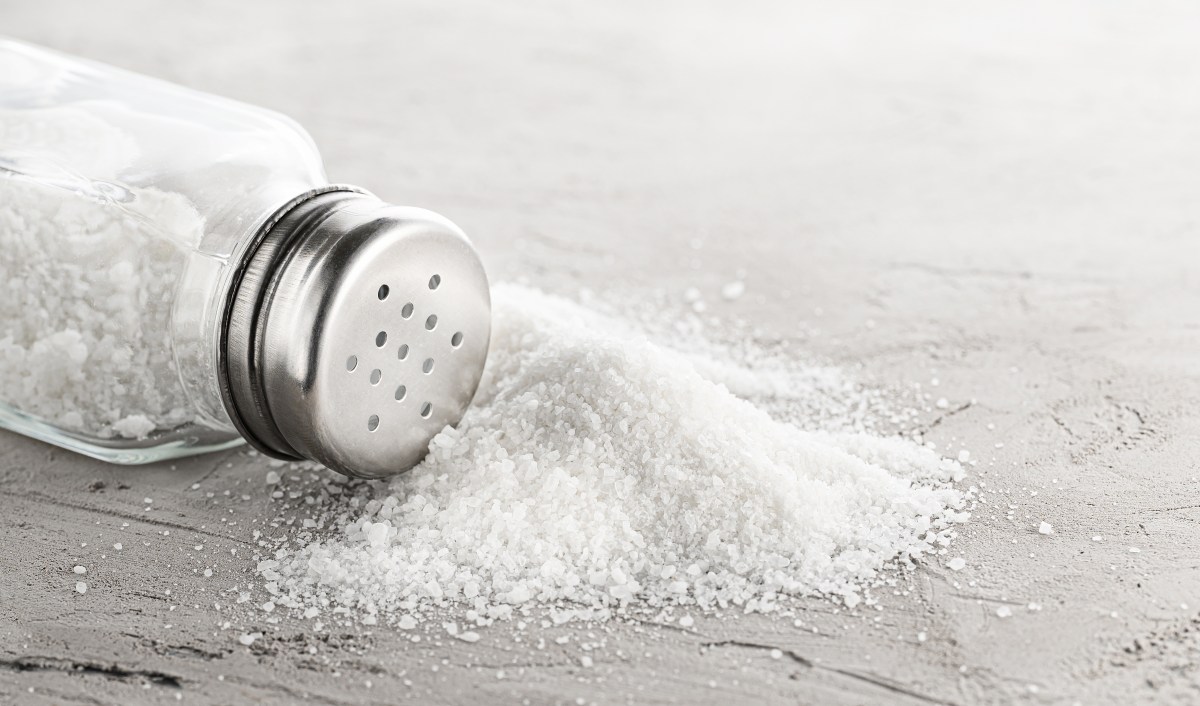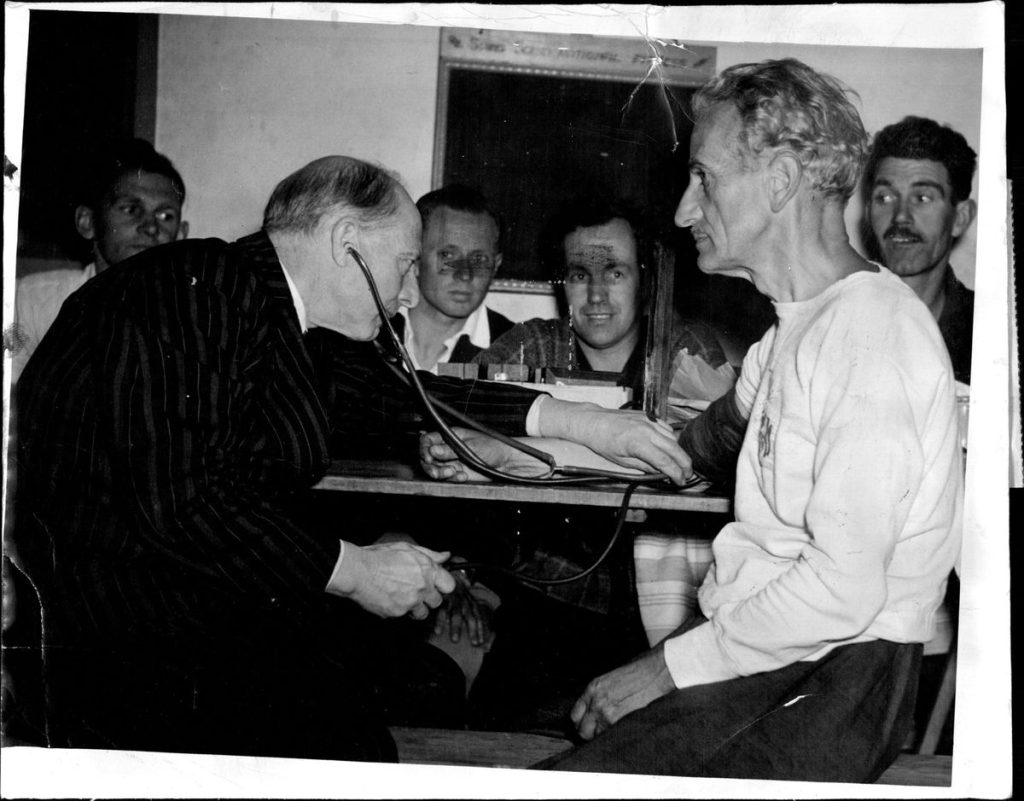He was a post office official like so many others, who lived a life that was very tense, dissatisfied, and somewhat sick. During a routine medical examination, he received the bad news that his health was deplorable and that he had to radically change his life. We are talking about Percy Cerruti (1895-1975, Australia). The name may not be familiar to you, but he became one of Australia’s greatest long and middle distance track and field coaches in the 1950s and 1960s. But how can he change so radically? He did so recognizing and assuming that movement is a form of being.
Cerruti decided to make an inner change that prompted him to educate himself towards a healthier life. He changed his way of eating, trained his strength, ran long distances on different terrains, and established his own philosophy as he blended Spartan austerity with Stoic thought. It was a clear example of the importance of not only Move around the worldotherwise Move around the world Using the resources of nature and the environment to be able to train (beaches, dunes for running barefoot, all kinds of trails) to improve one’s self-perception. Any space is a call to action.
The importance of exercise is fundamental in humans, but sometimes we don’t realize how important it is for our physical and mental health. In many cases, changes in our lifestyles are preceded by dangerous events or events that alter our health, such as an injury, illness, or stress from work. This fact has been amplified by the pandemic and confinement during COVID-19. As psychologist Jay Claxton said,, “We are here to happen…if we don’t do things we won’t survive.” In the beginning was movement, and from birth to old age, we are marked by everything we have done or not done throughout our life’s journey. Moreover, we think better when we are on the move and on the move; Therefore, it is never too late to adopt an active and healthy lifestyle. A walk in the park or the mountains, riding a bike, dancing, swimming in the pool or playing our favorite sport is always a good excuse to get active.
We need to exercise, and we need to do voluntary, planned and organized activity to maintain health and physical condition. We must realize that the effects only come when there is planning and perseverance. The World Health Organization warns us It is essential that we invest 150 to 300 minutes of moderate aerobic physical exercise or 75 minutes of intense exercise per week, along with two days of strength, in an effort to reduce inactive activity as much as possible. We already have the recommendations, and now the important thing is to start, little by little, minute by minute, day by day.
Evolutionary biologist David Lieberman warns us about the paradox of exercise: Why is it something we never developed for health?, He explains that it responds to a need (“wanting to exercise”) and can become rewarding (“it’s worth it”). The key is in each of us.
The World Health Organization warns us that we need to invest 150 to 300 minutes of moderate aerobic physical exercise or 75 minutes of intense exercise per week, along with two days of strength, in an effort to reduce sedentary activity as much as possible.
And our schoolchildren? This need for exercise and movement is most evident in school age, as the message is conveyed to students that the important thing is to sit behind a desk. Our school children spend between 5 and 7 hours sitting every dayWithout any physical activity. Their program of study includes 2-3 hours of physical education per week (what happened to the three hours that many autonomous communities wanted to implement before the pandemic?), which is not enough to meet the recommendations of the World Health Organization.
We meet In the face of the need for physical literacyThis physical education plays an essential role, as it suggests robust physical activity programmes. Already in 1900, the use of physical education was in great demand as a means of exercise and to prevent the population from gaining weight, moving less and possibly suffering from spinal problems. We’ve made little progress since then. Today we know the benefits of physical exercise in childhood, but there are still those who insist on promoting a sedentary life in our schoolchildren.
The key, in the moment we live in, is to generate commitment and motivation towards physical activity, where, As sociologist Jorge Figarello tells us,, suggests a collective commitment to responsibly addressing physical and mental health, adapting it to body image and group image, and avoiding stigmas about people who do not exercise or are overweight, as well as myths about the body. The environment is a huge motivator that can change motives and actions on a daily basis, and we have many examples of this, such as Subway stairs in Germany, where lanes were drawn for the track of athletics To encourage climbing stairs or get free tickets for the subway in Russia after performing 30 squats. These small actions will bring obvious benefit In personal and collective healthwhich results in more inviting spaces that allow not only to move or “move through space”, but also to “move over space” in the daily routine.
Today the phrase coined by Juvenal is still valid Healthy men in a healthy body (1st and 2nd centuries AD) where the gods were asked about a peaceful old age. Forrest Gump had already said it when asked why he had run for more than two years. He simply replied that he “felt the urge to run.” So let’s generate that motivation in society that works as a habit and routine of an active lifestyle that improves physical and mental health.
Miguel Angel Gomez Ruano He is a university professor at the Polytechnic University of Madrid (Faculty of Physical Activity and Sports Sciences). Psychological and social research group in sports.
explore It is the EL PAÍS Salud space where we will talk about those aspects related to physical activity, sports and physical and mental health. Physical activity and sport are part of the culture of all civilizations and play an essential role in the health of society at all levels, both physical and mental, at all ages, from childhood to old age, in both men and women. Physical activity and sports science have attempted to enhance scientific knowledge about the importance of movement and physical exercise on the body, as well as the processes that explain the cause of certain modifications, changes or changes at different levels (physiological, anatomical, motor, emotional or cognitive). For all these reasons, this space seeks to find scientific explanations that support and justify the very beneficial reasons for physical activity and sport. Likewise, you will try to discuss and refute some myths or false beliefs that exist in the community about specific issues related to physical exercise and health.

“Social media evangelist. Student. Reader. Troublemaker. Typical introvert.”







More Stories
“Those who go to museums but do not see an oak tree in the countryside should blush.”
Michoacana Science and Engineering Fair 2024, When the Call Ends – El Sol de Zamora
Dr. Miguel Kiwi, winner of the National Science Award, gives his opinion on nanoscience in Chile